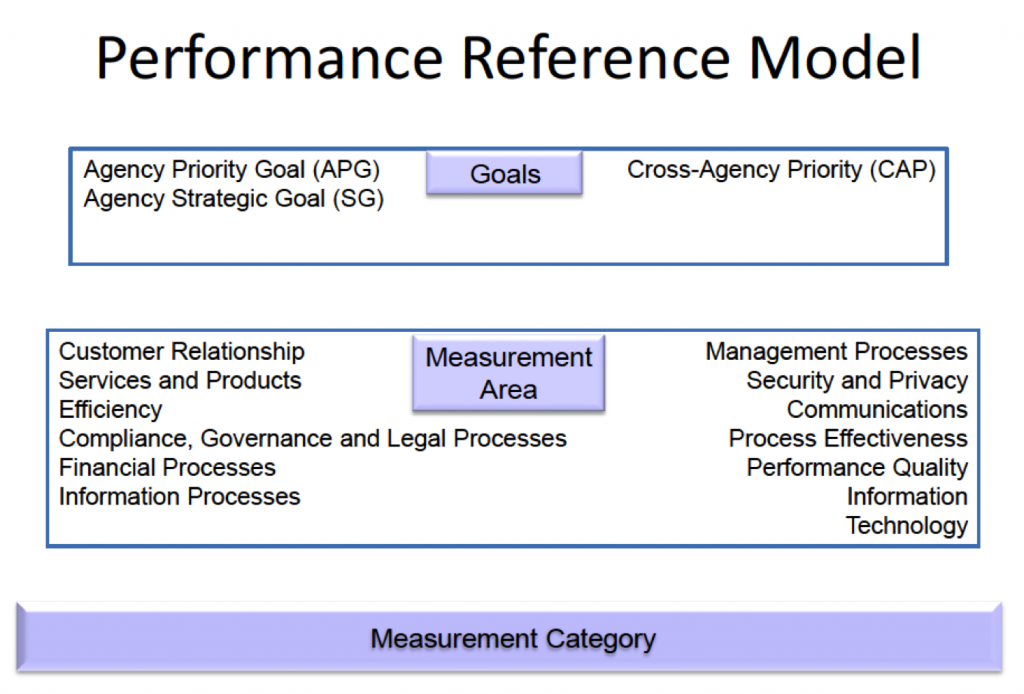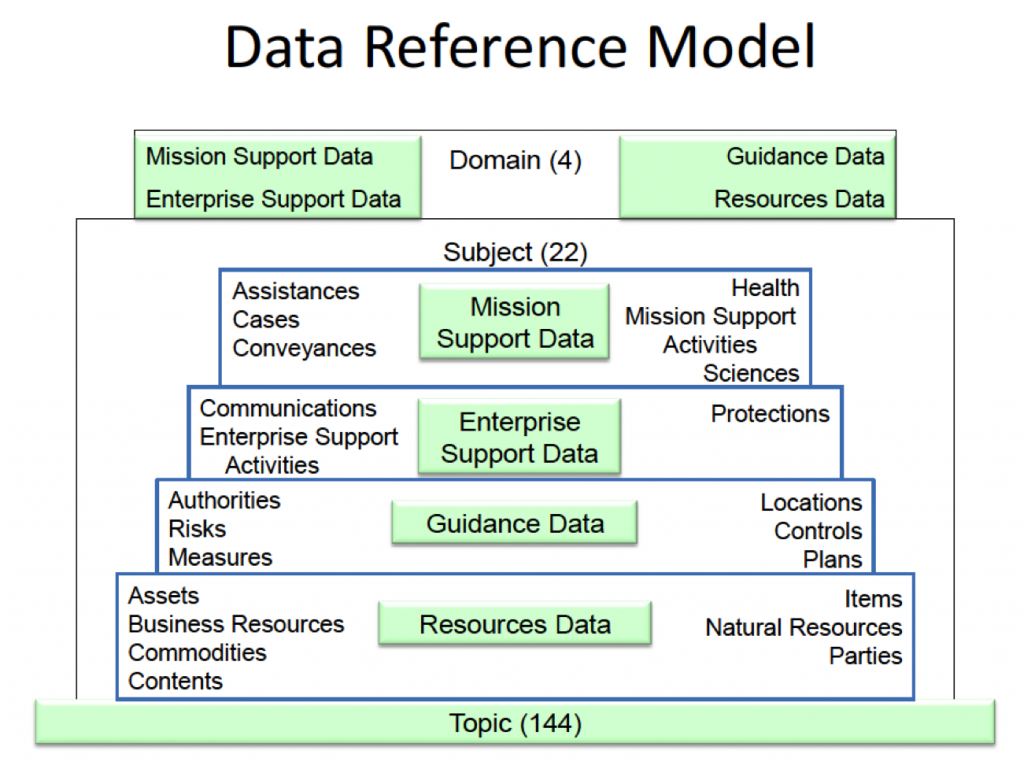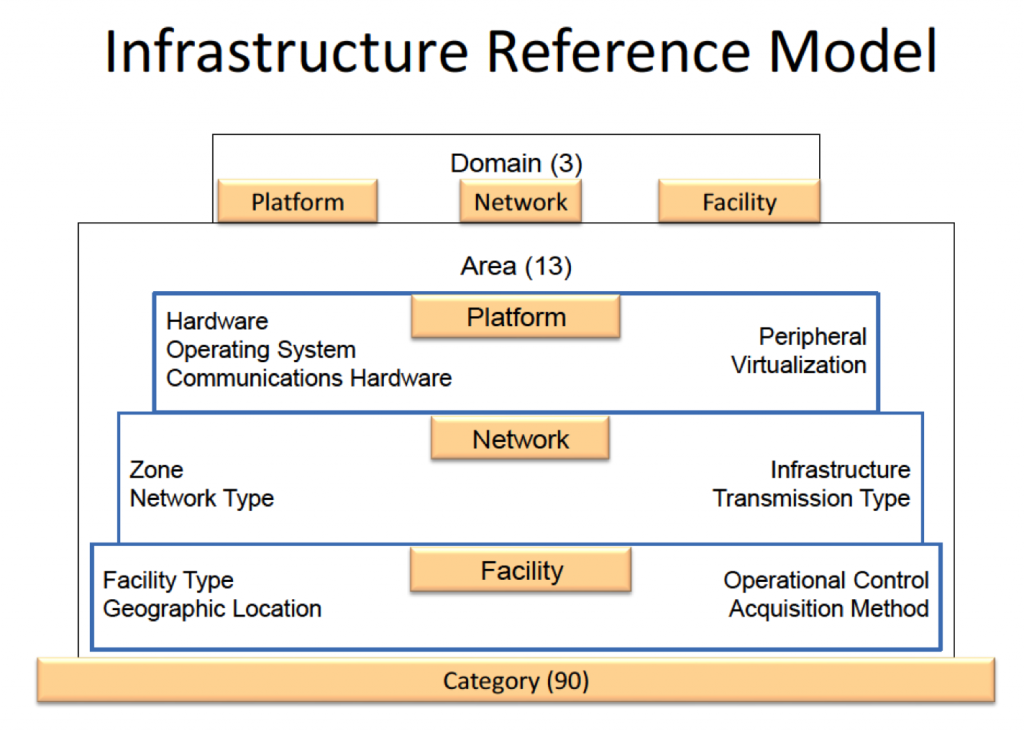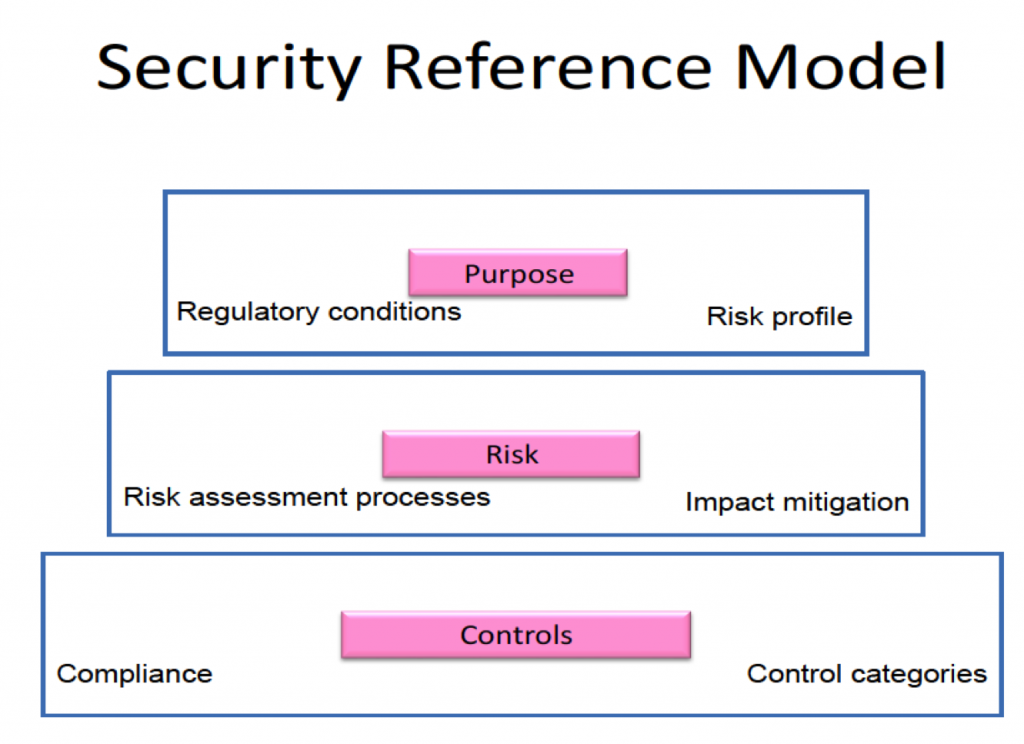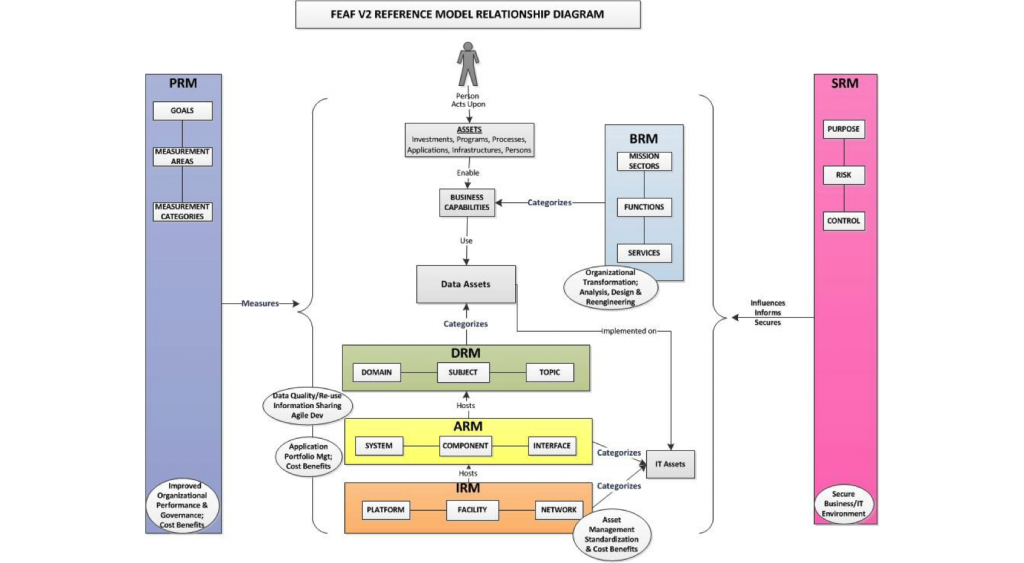Overview of the Consolidated Reference Model
The Consolidated Reference Model of the Federal Enterprise Architecture Framework equips OMB and Federal agencies with a common language and framework to describe and analyze investments. It consists of a set of interrelated “reference models” designed to facilitate cross-agency analysis and the identification of duplicative investments, gaps and opportunities for collaboration within and across agencies. Collectively, the reference models comprise a framework for describing important elements of federal agency operations in a common and consistent way. Through the use of the FEAF and its vocabulary, IT portfolios can be better managed and leveraged across the federal government, enhancing collaboration and ultimately transforming the Federal government.
The five reference models in version 1 the Federal Enterprise Architecture have been regrouped and expanded into six in the current version of the Federal EA.

These reference models provide standardized categorization for strategic, business, and technology models and information. Using a common language to describe investments supports analysis and reporting across agency Enterprise Architectures and facilitates identification of opportunities for sharing and reuse of services and applications across agencies. Each reference model has its own taxonomy, methods, touch points, and use cases that provide examples of how the reference model can be applied.
The relationships between the reference models are important to understanding the overall CRM and its ability to provide value to the Federal Government. This is illustrated through the entity diagram of the meta-model below. The PRM is initiates the line of sight from the agency strategic plan, through the BRM, to the rest of the Enterprise Architecture. The SRM is ubiquitous, informing decisions made throughout the other sub-architectures to ensure that security is baked into IT systems from the beginning.
The reference models are consolidated via a highlevel metamodel:
The work with the metamodel and other details of FEAF-II is ongoing, partly internally in the US federal administration, but also in the wider EA community.

